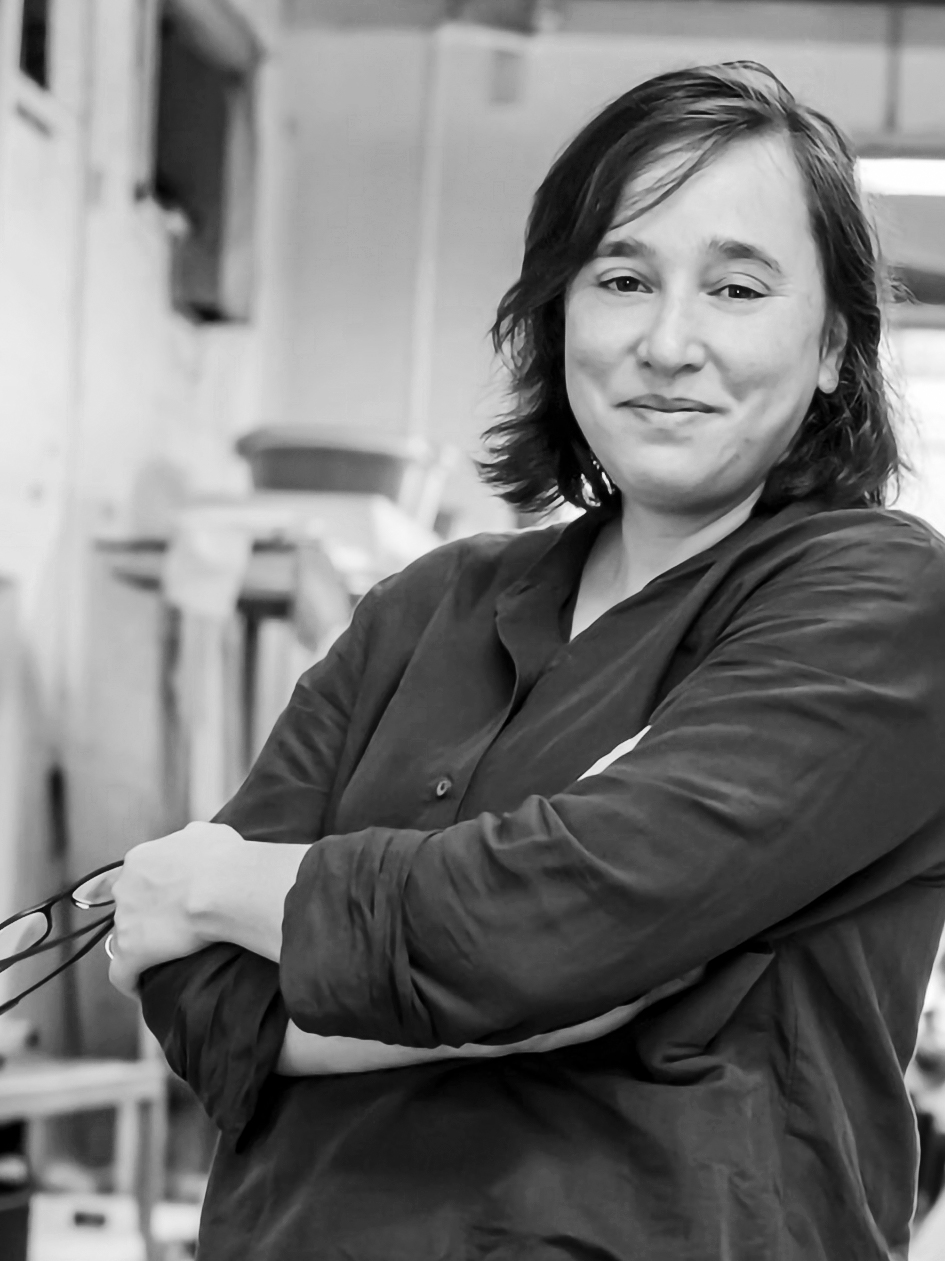Share and Tell
by Megan Easton
photography by Horst Herget
Deborah McLean was drawn to York University’s new Communication, Social Media and Public Relations program because it included a focus on social media – something she loved, interacted with daily and hoped to make a career of. Now a second-year student looking back on her early months in the program, she realizes she had much to learn about an industry so embedded in her life, and she’s committed to actively shaping it for the better.
“What I once saw as simple campaigns, headlines or spontaneous posts, I now recognize as carefully crafted strategies meant to influence,” says McLean, who left her home in Jamaica to join the inaugural class at York’s Markham Campus last fall.
Whether it’s analyzing a video game, a brand’s social media or my favourite sci-fi show, they push you to think critically about media you already engage with
Elleanna Ali, another student in the program, had a similar revelation. “It was really meaningful to see how the prerogative of public relations can be cutthroat,” she says. “But we’re learning ways to combat that by upholding ethical standards and using transparency in messaging.”
This awareness is exactly what the program hopes to spark in students, says Professor Ganaele Langlois, Chair of the Department of Communication and Media Studies. “Public relations and social media are wonderful, powerful tools, but they’re often used problematically,” Langlois says.
“There’s a sense now in which public relations is social media and social media is public relations,” says Professor Nick Taylor, the program coordinator, noting that this intertwining is driving labour market changes in communications. “The program is trying to respond to that.”
Students not only learn how to design social media communications for specific audiences with unique needs, but also to assess which technologies and platforms are best suited to deliver their messages, and to analyze the data generated from metrics. Faculty members come from a range of disciplines, with expertise in areas such as artificial intelligence, gaming, alternative social media and feminist approaches to technology.

The program was designed to provide students with both the practical skills to work in the modern social media and communications industry, and an understanding of its socio-cultural, political and economic dimensions. York is the first Canadian university to offer a program that takes this dual approach to the study of social media.

Class sizes are small and will remain so, though there are plans for measured enrolment growth. “I know every person in the program well, and we’ve built lasting relationships around our passion for social media,” says Ali.
The small classes also enable innovative teaching methods. “The focus is on meaningful assignments that channel our energy into real-world applications,” says McLean. “Whether it’s analyzing a video game, a brand’s social media or my favourite sci-fi show, they push you to think critically about media you already engage with.”
Every step of the way, we’ve got two goals in mind: developing students’ skill sets and credentials, and enriching the community
Langlois says that while incoming students often consider public relations something only large companies need, the program operates around an expanded definition. “Big or small, public or private or not-for-profit, every organization today has communications needs. It’s a serious business, and we all need to take responsibility for it if we want a better world.”
In keeping with this emphasis on instilling a sense of responsibility in the next generation of professional communicators, learning around ethics and social justice is integral to the curriculum. “We’re taking a critical approach, but that doesn’t just mean critiquing public relations and social media,” Taylor says. “It means envisioning with students how we might do things differently.”
Experiential education opportunities run throughout the program, giving students multiple perspectives on how things work – and could work. In first and second year, these include guest speakers, workshops, field trips, simulations and hands-on projects with external industry partners. In third year, students take a pre-placement course focusing on professionalization, followed by a year-long placement with a company or organization in fourth year.
“Every step of the way, we’ve got two goals in mind: developing students’ skill sets and credentials, and enriching the community,” says Professor Nathaniel Laywine, the program lead for experiential learning. “For the placement, students develop a project with practical value for the organization. It could be creating a social media strategy, doing demographic research, developing content or conducting an internal communications audit.”
Already, the response from potential community partners has been positive. “We’re building relationships with big corporations, but also with not-for-profits, NGOs, arts groups and organizations with a community mandate,” Laywine says.
After graduation, McLean hopes to do digital marketing in sports or politics, while Ali aims to be a social media manager.
“There are so many opportunities for our students to use public relations and social media in both corporate and publicly oriented roles,” Langlois says. “But we need them to use them well and perhaps reimagine some of them. We want to transform the industry, and we believe our students can make a big difference.” ■